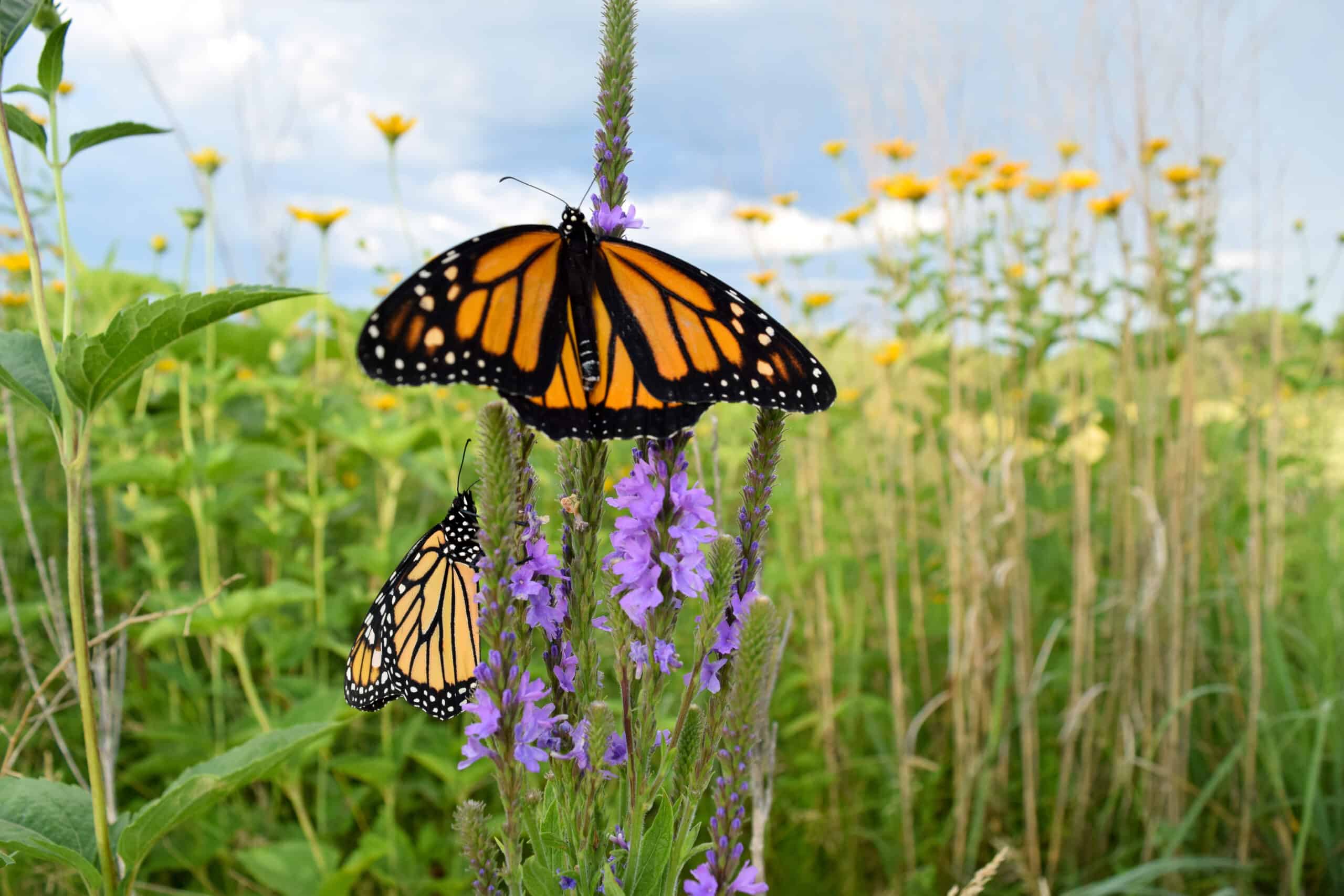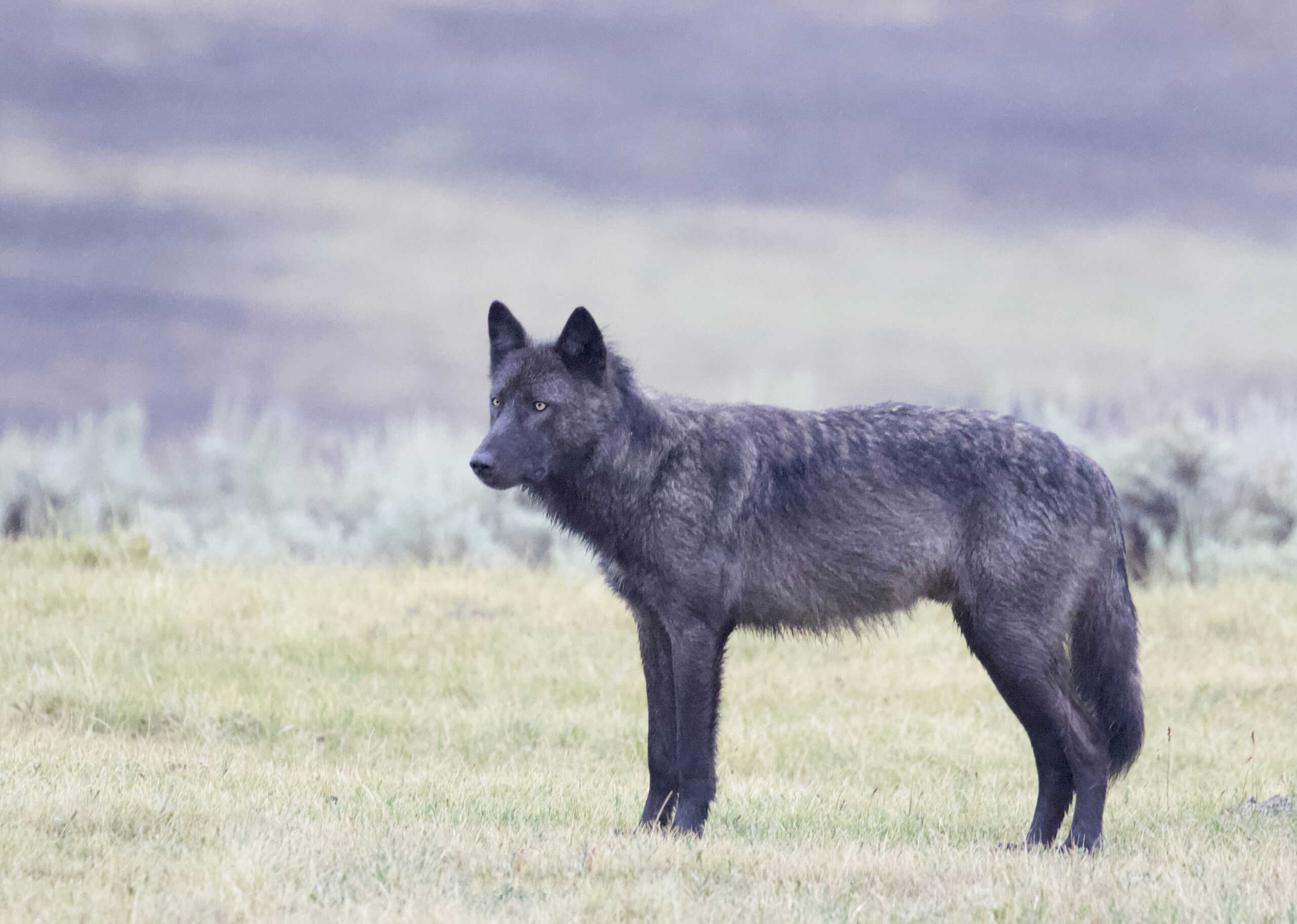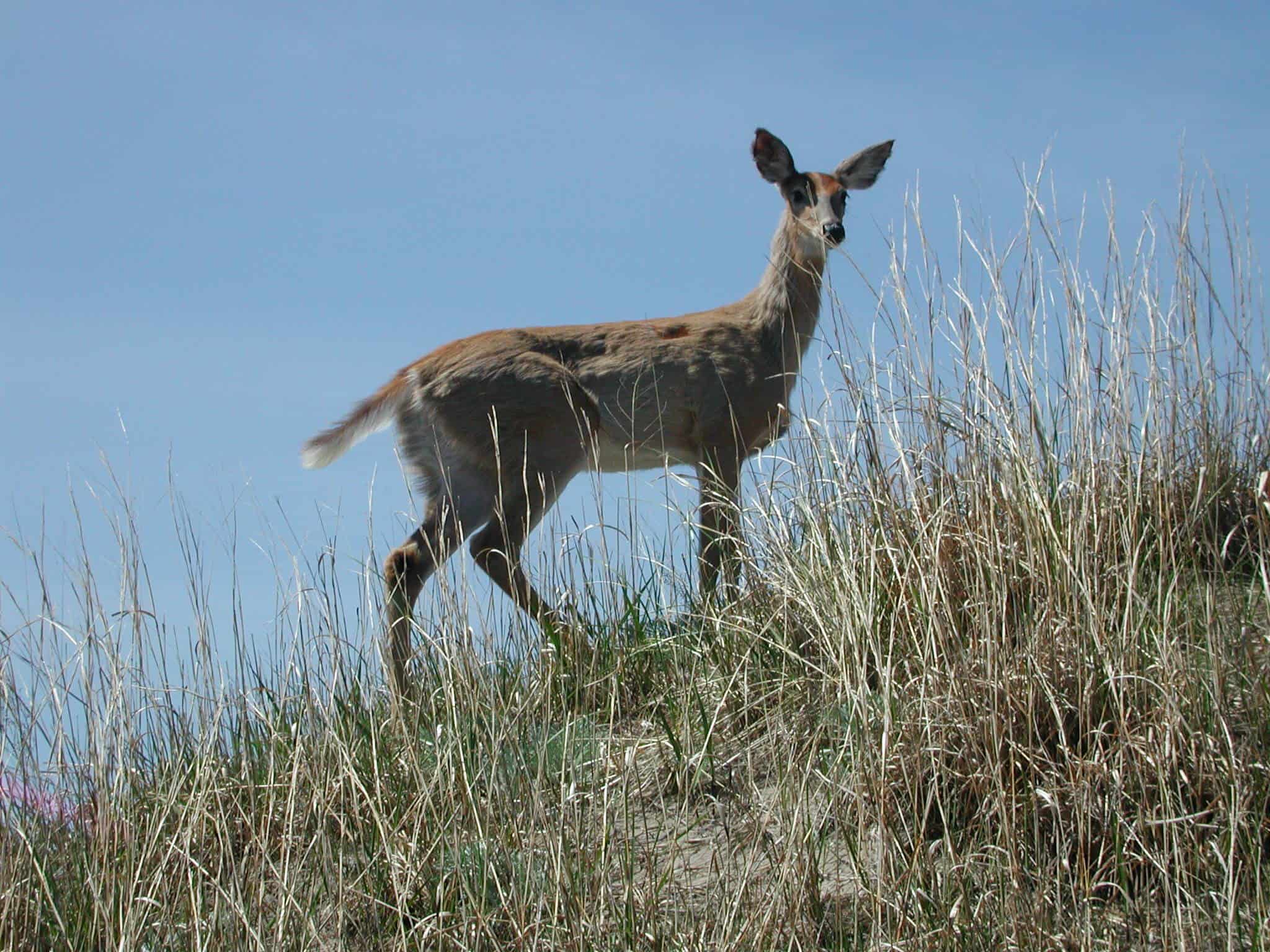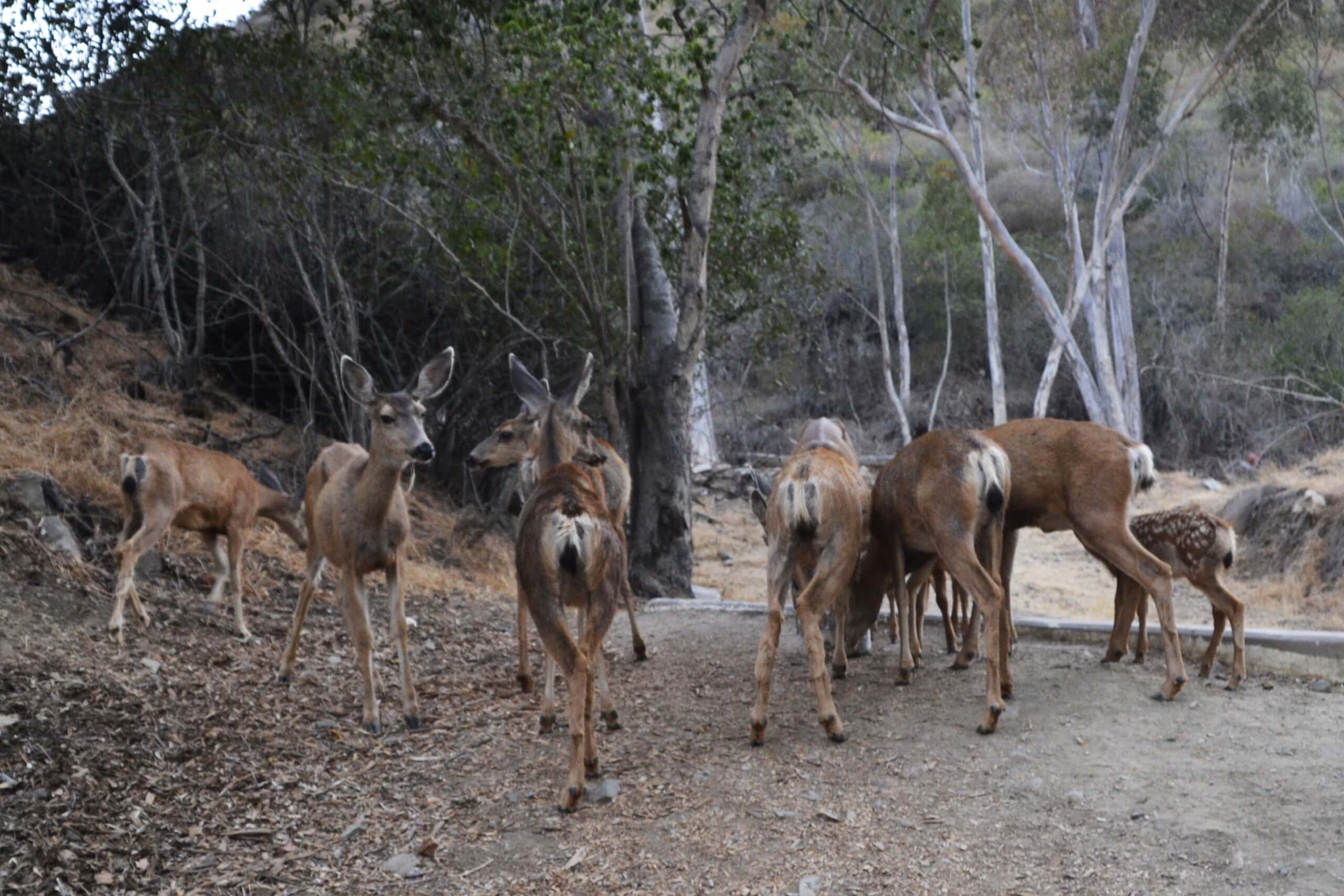Share this article
Wildlife Featured in this article
- monarch butterfly
Even with pesticides, agricultural areas can boost monarch numbers
In Iowa, excluding agricultural areas would remove most available land for monarch habitats
About seven years ago, as monarch numbers were falling, researchers in Iowa began looking for ways to increase the butterfly’s populations.
The Iowa Monarch Conservation Consortium formed to generate information to help conserve monarchs at a time their overwintering populations in Mexico were dropping.
Issues like climate change and weather patterns were hard to address, but planting milkweed, which is important for their breeding, and wildflowers, which provide nectar while they’re migrating, could help sustain the butterflies while they were there in the spring and summer.
But that raised some difficult questions. “How many acres do we need to establish and maintain the habitat? Where do we put the habitat?” said Steven Bradbury, a professor emeritus at Iowa State University.
If wildflowers were planted near agricultural fields, would pesticide exposure outweigh the habitat benefits? Maybe, researchers thought, it would be better to keep monarch habitat away from these areas altogether.
That’s not what they found. Monarch butterfly (Danaus plexippus) breeding populations in the upper Midwest would grow faster if new habitat was established in areas where herbicides and insecticides are sprayed as compared to a conservation scenario that avoided creating habitat in these areas.
Bradbury is the senior author of a study published in BioScience that answers some of these questions to help conserve the species, which will be up for an endangered species listing decision once again in the U.S. in 2024.
Conducting the study required running a number of models to see how the monarch population would change under different assumptions in Iowa.
Researchers initially found that having smaller patches of habitat scattered across the landscape rather than just a few big plots helped monarch population numbers. “Part of that relates to how the female monarch finds habitat when flying around the Iowa landscape,” Bradbury said. “Patches that are scattered about at the right distances maximize monarch efficiency in laying eggs, so they’re not spending a lot of time finding habitat.”
Then, Bradbury and his colleagues wanted to find out the role that agricultural lands could play. They knew important locations for the butterflies’ habitat are often right next to soybean or corn fields, but since farmers often use insecticides and herbicides that could potentially kill them or the milkweed, they wondered if creating habitat areas nearby would be counterproductive. Would monarch habitat exclusion zones around the crop fields be a better idea?
That would eliminate a lot of potential habitat sites, though. Based on their modeling, Bradbury and his colleagues found that 100- to 125-foot exclusion zones would eliminate up to 80% of land cover from milkweed and wildflower plantings.
They first found that for herbicides studied to date, as well as insecticides currently used as seed treatments, the likelihood of any adverse effects on monarchs or milkweed is negligible. But they still wondered about the potential impacts of insecticides that are sprayed on crop fields and drift to habitats downwind.
When they included toxicity data in their model, they found that over a 10-year period, if only a moderate amout of habitat was established outside a 125-foot exclusion zone, the population was estimated to increase 3.5%. If larger amounts were established, though, monarch breeding populations would see an 8 to 25% increase. That’s partly because spray treatments aren’t needed every year, Bradbury said, and the drift would only affect some of the habitats.
“The wind doesn’t blow in four directions at once,” he said.
The research is increasingly relevant, Bradbury said, since initiatives like the Conservation Reserve Program have put more and more habitat on private land—where some of the best potential monarch habitat exists in places like Iowa. “We’re well on our way to getting to our habitat acre goal in the Iowa conservation plan,” he said.
While climate change and previous logging of monarch overwintering habitat remains a challenge, Bradbury said, improving habitat conditions for monarchs in the upper Midwest is still important. “In the next 20 to 30 years, there will undoubtedly be changes in their range,” he said. “Getting their habitat up will help get numbers up.”
Header Image: Planting milkweed and other wildflowers can help bolster monarch butterfly populations. Credit: Jacqueline Pohl








